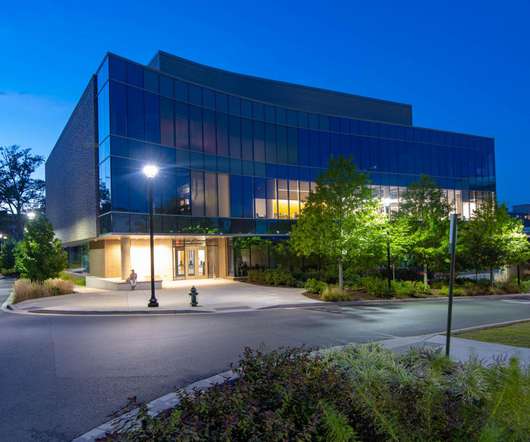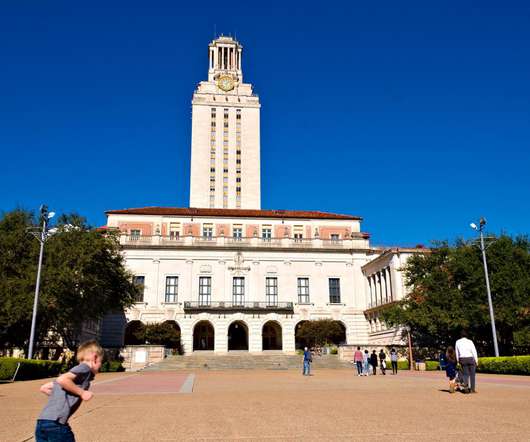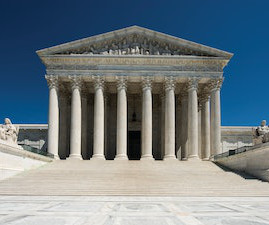A sectorwide approach to higher ed's future (opinion)
Inside Higher Ed
DECEMBER 9, 2022
These are challenges all of us in higher education face today. We have to think differently about the future of higher education. And rather than limit our work to what one type of institution or program can achieve, we should look across the entire higher education sector. Affordability. Social mobility.














Let's personalize your content